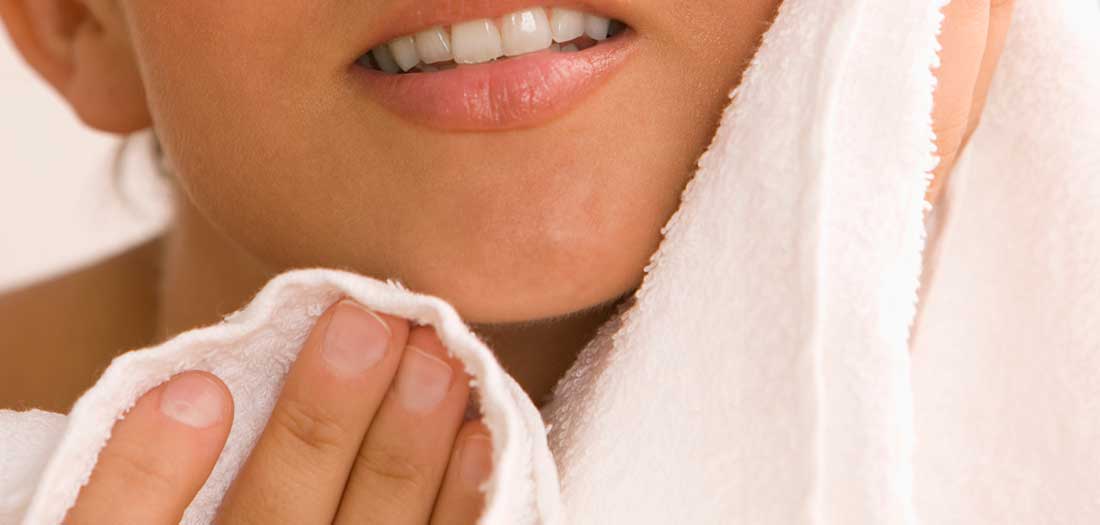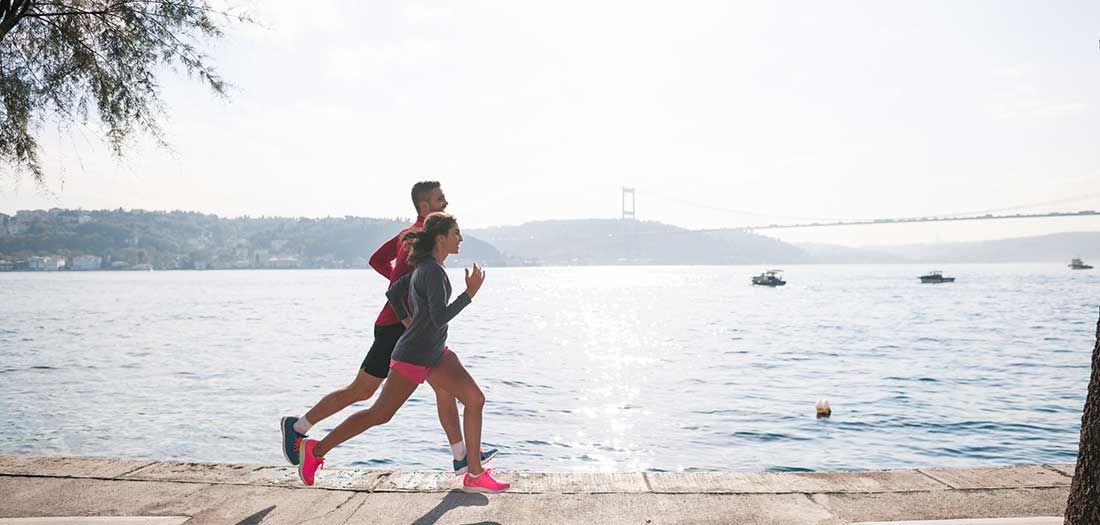Recovery from a tough workout is all about getting the right combination of rest and movement to circulate blood, but not so much movement that you are introducing a new challenge to the body. Here are four creative ways to do this:
1. Hot-Cold Contrast “Baths”

All the rage among professional athletes, hot-cold contrast therapy is a method for rapidly flushing blood through the body. This is because immersion in cold water removes blood quickly from the limbs (and carries waste products from training away along with it) and immersion in warm water brings new blood rushing back in. This accelerates the circulation of blood through the body. The problem? Most people have neither the means to access hot/cold baths nor the desire and commitment to do so. Putting your entire body in a cold bath requires a level of mental toughness that many just don’t possess. Fortunately, there is a way to get the benefit of hot-cold contrast treatments for specific parts of the body. You just need a good old-fashioned hot water bottle and two wet washcloths.
- Put the washcloths in the freezer until they are frozen. It is best to hang them on the door of your freezer so it freezes mostly flat and is easy to remove from the freezer and manipulate.
- Once the cloths are frozen, put hot water in the hot water bottle
- Place the frozen cloth on or around your desired area of treatment for five to eight minutes
- Put the used frozen cloth back in the freezer and put the hot water bottle on your body part for five to eight minutes.
- Place the second frozen cloth on or around your desired area of treatment for five to eight minutes.
- Repeat step 4 and keep switching the cloths back and forth for as many cycles as you like.
Muscle Therapy Cream

Healing and recovery come from circulation. This means we want more blood moving through the tissues. It also means that the tingling or cold sensation that comes from muscle creams like Ben-Gay, Bio-Freeze or Icy-Hot do little to nothing to actually improve recovery. Rather, in some cases these creams do little more than generate an unpleasant smell and expose your body to chemicals through your skin. Instead, try the following essential oils:
- Black Pepper – soothes muscular aches and pains after exertion
- Clove Bud – provides muscular relief and has analgesic and antibacterial properties
- Peppermint – improves circulation and helps with muscular pain and headaches
- Ginger – promotes circulation and helps with muscular and arthritis pain
- Rosemary – helps with tired muscles and arthritis as well as mental focus
- Thyme – helps the immune, respiratory and circulatory systems
It can be hard to know the right amounts of any individual oil to use and many oils are far more effective when used in targeted blends. If you want to try individual oils, it is best to consult with a certified aromatherapist, which you can find through the National Association for Holistic Therapy. My favorite way to use these oils is in a muscle therapy cream such as this one. A number of my clients enjoy the way it works and how it smells.
3. Sleep – Just Do It

Your body becomes a different chemical environment when you sleep—one that is optimized for physical recovery. During sleep your body releases hormones specifically designed for recovery. While there are variances in how much sleep human adults need and some people may need six to seven, but the most of us need seven to eight hours (or more if you’ve been training particularly hard or completing in a grueling competition or event).
Here's some good news for those who can’t seem to get bed early enough to get the required amount of sleep: Contrary to popular belief, you do not need to get all of your sleep in one continuous chunk. What seems to matter as much for health and recovery as the total amount of sleep is the number hours of continuous wakefulness. Meaning, if you’re up for a high number of hours continuously, your body will be less than pleased. Enter naps or sleeping in chunks. If you’re getting your daily total of requisite sleep, your body doesn’t seem to care if it comes in one chunk of four hours and another chunk of three hours at another point in the day, for example.
However, ancient humans typically slept for three to four hours, had a few hours of wakefulness, and then slept another three to four hours until dawn. This pattern manifests in the sleep behaviors of tribal cultures unaffected by modernity. Of course, this example is not terribly applicable or appealing to many of us. For better or worse, our sleep patterns are adapted to the rhythms of commerce, our work lives, and artificial lighting rather than biology.
We can follow the “miniature” version of this pattern by sleeping for six hours, for example, and then getting an hour nap later in the day.
4. Get Moving and Make It Fun

Many of our clients think only of “exercise” when they hear “movement.” However, because movement brings blood flow for healing, it is best to introduce periods of non-exercise movement throughout the day. This actually helps healing while full immobility usually prolongs recovery and delays healing. The problem is that a general recommendation to “move more” is uninspiring and many people do nothing. Or worse, we offer tips like parking farther away from the store (Has anyone actually ever done this?) or taking the stairs all the time. A better approach is to get people moving doing something they enjoy. That’s rule #1 – that they enjoy it. Rule #2 is that it can’t be physically demanding enough to create an exercise response in the body.




 by
by 









 by
by